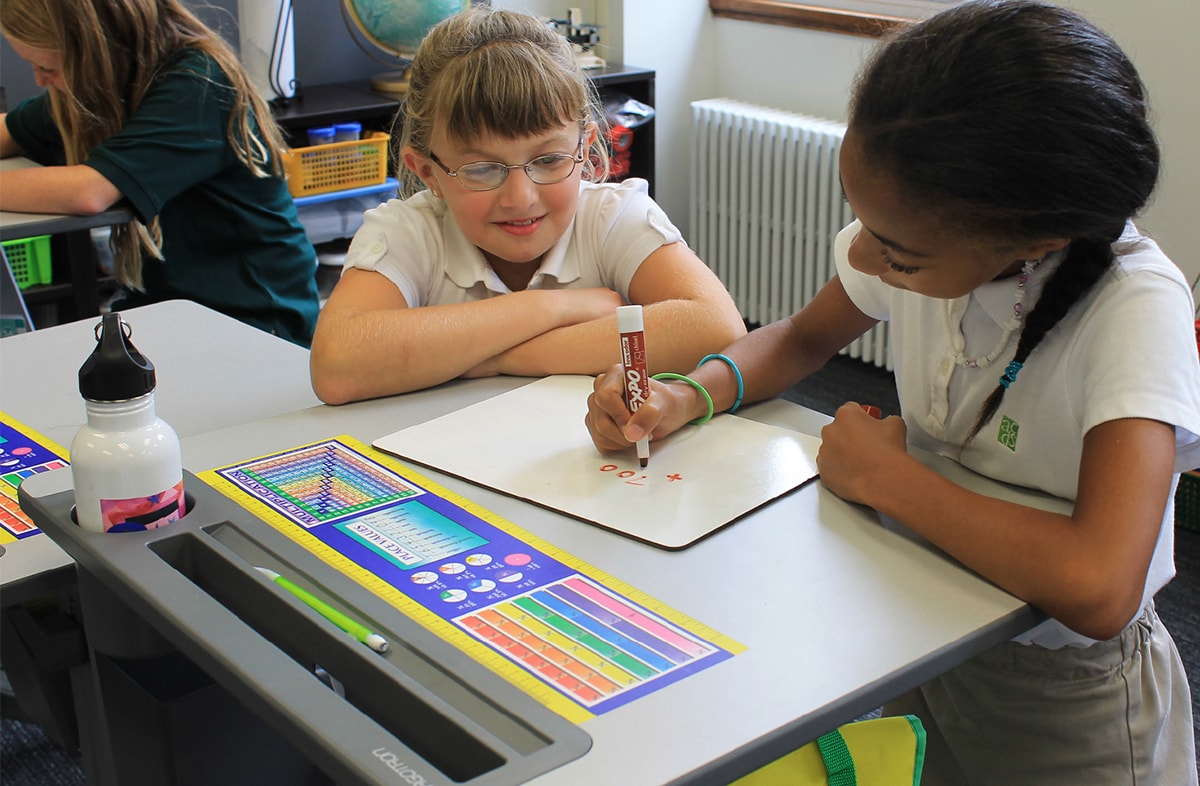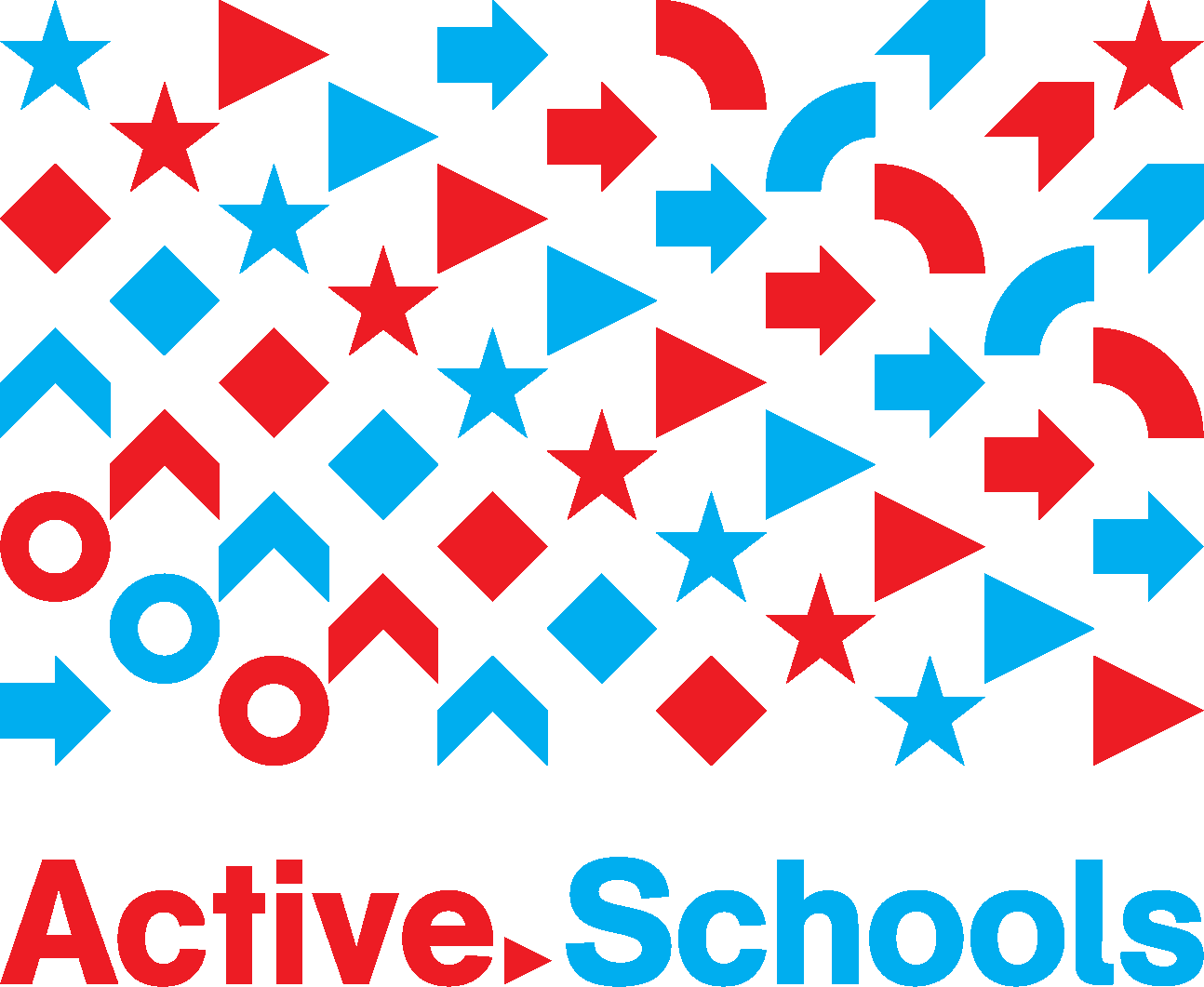
Academic Performance
There is an ongoing debate around the impact of digital technology and sedentary lifestyles on students' cognitive abilities, attention spans and ability to persevere in the face of challenging tasks. Science has proven that movement could be the key.
READ MORE

Academic Performance
There is an ongoing debate around the impact of digital technology and sedentary lifestyles on students' cognitive abilities, attention spans and ability to persevere in the face of challenging tasks. Science has proven that movement could be the key.
- Movement, like standing, can exercise the mind. Just as physical activity shapes the muscles, it can also strengthen key parts of the brain that learn1
- Research shows a positive correlation between physical activity and test scores2
- Physical activity impacts cognitive skills and behavior in the classroom, which may lead to improved academic performance2
- Studies show that movement strengthens learning and improves memory and retrieval

Physical Health
Childhood obesity rates have tripled over the last three decades,3 and with two out of every three kids deemed inactive, the statistic is at risk of growing. Active kids stay active, so introducing low-level activity in the classroom, such as sit-stand desks, can help to break this pattern.5
READ MORE

Physical Health
Childhood obesity rates have tripled over the last three decades,3 and with two out of every three kids deemed inactive, the statistic is at risk of growing. Active kids stay active, so introducing low-level activity in the classroom, such as sit-stand desks, can help to break this pattern.5
- Childhood obesity rates have tripled in children over the past 30 years – introducing low-level activity in the classroom can help to combat this problem.3
- Standing more during the day increases blood circulation, burns more calories, and helps maintain muscle tone5 and insulin effectiveness.6
- Prolonged sitting can introduce a number of orthopedic issues for students, ranging from neck problems, lower back pain and carpal tunnel syndrome, as well as metabolic issues such as juvenile onset type II diabetes and high blood pressure.

Classroom Engagement
An estimated 6.4 million American children have been diagnosed with ADHD,7 making concentrating in class more challenging than ever. In an effort to effectively educate these students, teachers can utilize tools such as sit-stand desks, as movement is a natural way to manage fidgeting and symptoms of ADHD.
READ MORE

Classroom Engagement
An estimated 6.4 million American children have been diagnosed with ADHD,7 making concentrating in class more challenging than ever. In an effort to effectively educate these students, teachers can utilize tools such as sit-stand desks, as movement is a natural way to manage fidgeting and symptoms of ADHD.
- Movement increases oxygen to the brain, which leads to greater student attention and engagement8
- When kids move more, they exhibit better behavior and greater creativity1
- Integrating movement into the day helps improve concentration
Active Classrooms in Action
Having [standing] desks in the classroom has enabled students to learn to share and make decisions, while increasing student participation, accountability and ownership."
Ryan Hoxie
Teacher and Future Ready Strategist, Beaverton Acres Elementary School (Beaverton, OR)

Engaging Partners
As part of our efforts to spread awareness around the impacts of sedentary behavior in children, we have partnered with a number of national organizations to educate and engage students, teachers, administrators and parents in active lifestyles. Through this work, we’ve met remarkable kids who have taken it upon themselves to spread the message of the importance of movement of low-level activity. Check out their stories!
Celebrate Active Schools Week! April 23 – March 4.
Quick Tips
For Teachers
For Parents
For Parents
- Encourage standing breaks in the classroom every 30 minutes
- Before a test or quiz, have students take a 5-minute walk around the classroom
- Incorporate sit-stand height adjustable equipment and encourage students to switch positions for a quick energy boost
- Create a variety of learning spaces in the classroom and encourage students to use them
See how standing desks work in the classroom. Download our LearnFit Guide.
Click HereFor Parents
- Encourage kids to stand intermittently while they are studying or doing homework or consider investing in a sit-stand desk for the whole family
- Get outside with your children to break up time in front of the TV, computer and mobile devices
- Create a variety of learning spaces within the home and encourage kids to use them
- Mount TV screens in front of treadmill and stationary bike
Do you know how much your kids are sitting? Use our Sitting Time Calculator.
Click HereDid You Know?
15% More Calories
Children may burn up to 15% more calories at standing desks9
5.24 Percentile
Standing desks in the classroom can slow the increase in elementary school children’s body mass index (BMI) by an average of 5.24 percentile points9
18,000 Calories
When a child stands up, they burn about 15 calories an hour more than when sitting. Over the course of the school year, that’s approximately 18,000 calories, or 5 lbs. of fat10
Exercise Critical Thinking
When compared to traditional lecture-based instruction, active learning improves students’ abilities to retain information and exercise critical thinking
How to Get Started
Teachers and principals:
- Starting the LearnFit Conversation
- Grant writing resources for educators
- Video case study: Ergotron LearnFit®: It’s Time to Stand Up!
School and district administrators:
Featured Content:
- Making the Grade [Infographic]
- Standing Desks: How and Why Educators are Using Them [On-demand Webinar]
- School Moves! How to Improve Your Students’ Health, Behavior and Achievement Through Movement [On-demand Webinar]
- Classroom products
- For a full list of references, click here.




